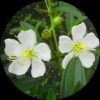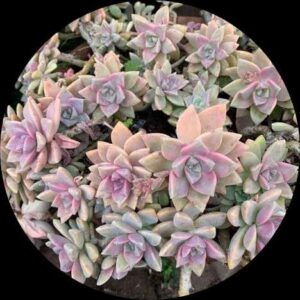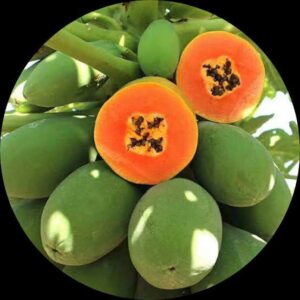- Empty cart.
- Continue Shopping
Melastoma Yellow
Original price was: ₹580.00.₹325.00Current price is: ₹325.00.
Genus : Melastoma
Transform your garden into a cheerful paradise with Yellow Melastoma Flower Plants. Known for their vibrant yellow flowers, these plants add a burst of color and radiance to any landscape. The striking yellow blooms stand out against the lush green foliage, creating a captivating and eye-catching display. Yellow Melastoma Flower Plants are perfect for adding a cheerful and joyful touch to garden beds, borders, or containers. Whether used as focal points or mixed with other plants, their yellow flowers create a sunny and welcoming atmosphere. Embrace the beauty of nature with Yellow Melastoma Flower Plants and enjoy the vibrant energy they bring to your outdoor space.”
Melastoma is a genus of flowering plants in the family Melastomataceae, consisting of various species commonly known as Melastoma plants or Melastoma flowers. While there are different species within the genus, here is a general description of Melastoma plants:
1. Appearance: Melastoma plants are typically perennial shrubs or small trees with woody stems. The size and growth habit can vary depending on the species and specific variety. They usually have opposite leaves that are elliptical or lanceolate in shape and often have a slightly serrated edge. The foliage is generally dark green and glossy.
2. Flowers: Melastoma plants are known for their showy and colorful flowers. The blooms are usually large, ranging from about 2 to 5 centimeters (0.8 to 2 inches) in diameter, although this can vary between species. The flowers often have a distinctive cup-shaped structure with five petals that can be rounded or slightly elongated. The colors of the flowers can range from shades of pink, purple, or mauve, and some species may even have white or blue flowers.
3. Blooming Season: The blooming season of Melastoma plants can vary depending on the species and the local climate. In general, they tend to flower during the warmer months, particularly in spring and summer. However, the exact timing and duration of the flowering period may differ for different species and regions.
4. Habitat and Distribution: Melastoma plants are native to various regions of Asia, including Southeast Asia, China, and parts of the Indian subcontinent. They are often found in tropical and subtropical climates, growing in forests, open woodlands, or along the edges of streams or rivers.
5. Uses: Some Melastoma species are cultivated for ornamental purposes due to their attractive flowers and foliage. They can be used as garden plants or grown in containers. Additionally, some species have been used in traditional medicine for their potential health benefits, although it’s important to consult reliable sources and professionals for accurate information on their medicinal properties.
6. Maintenance: Melastoma plants are generally low-maintenance and relatively easy to grow. They prefer well-drained soil and thrive in areas with ample sunlight or partial shade. Regular watering is essential, especially during dry periods. Pruning can be done to maintain the shape and size of the plants, promote branching, and encourage flowering.
It’s worth noting that specific characteristics and care requirements may vary between different species and varieties within the Melastoma genus. Therefore, if you have a particular Melastoma plant in mind, it would be helpful to provide the species or specific variety for a more accurate and detailed description.












Reviews
There are no reviews yet.